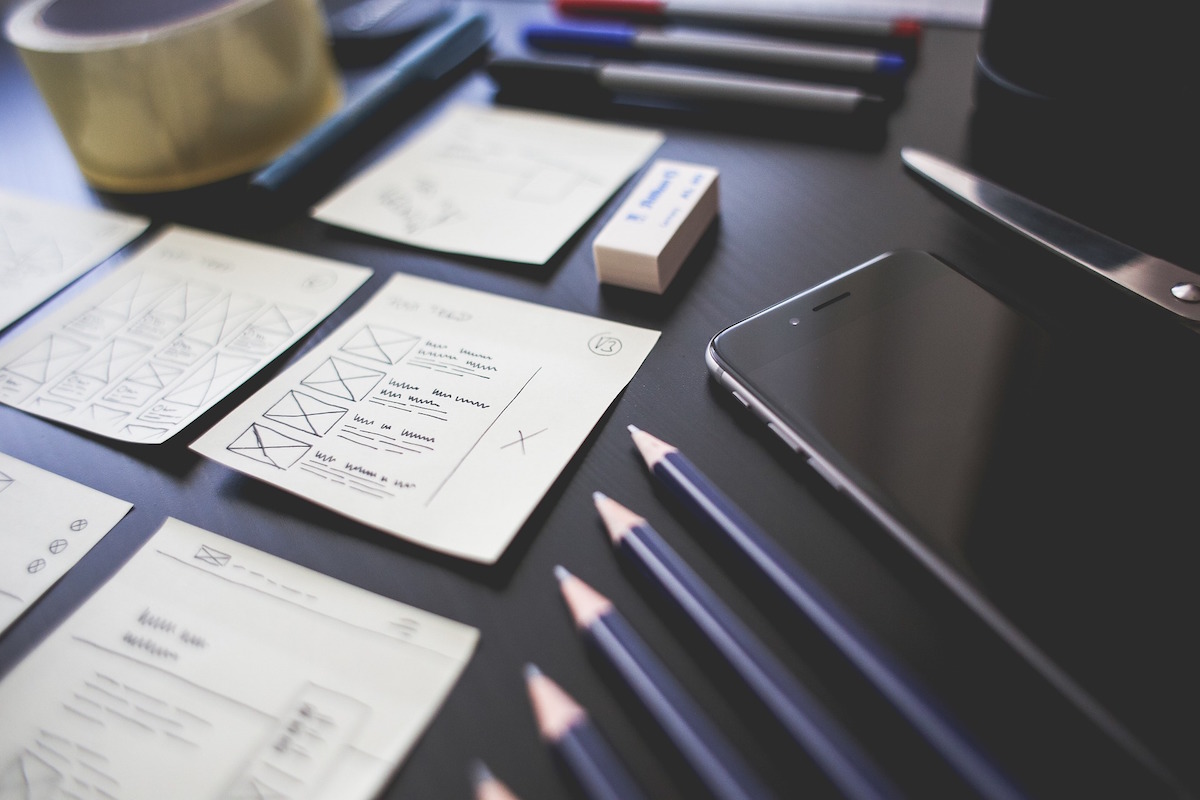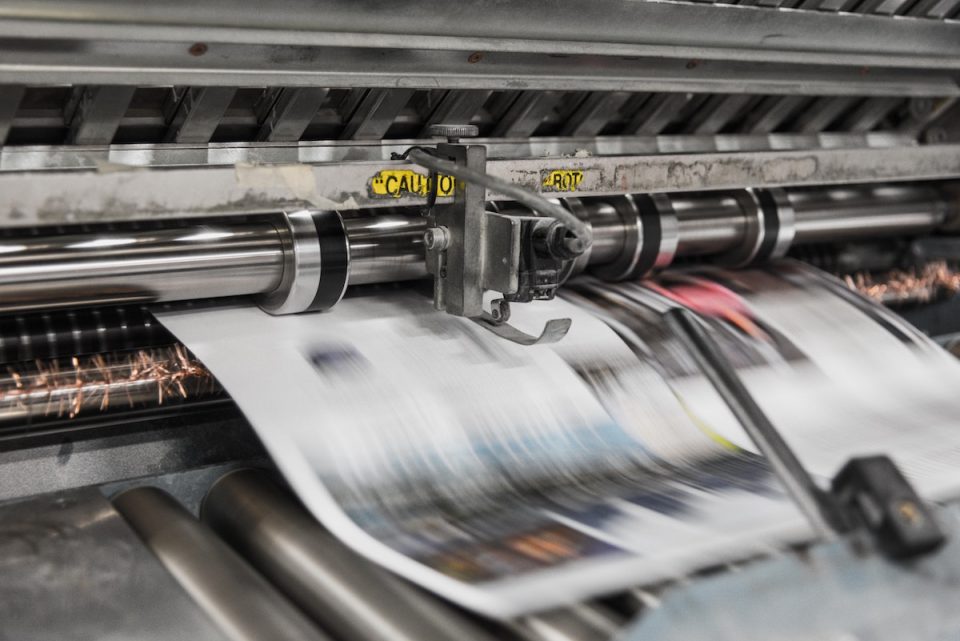What is 3D printing and how does it work?

Boost your productivity by organizing your workspace
June 9, 2016How paper is made: Pulp Manufacture
June 23, 2016
Printing has come an incredibly long way since the invention of the printing press in 1440.
Printers are now capable of impressive speeds and capacities, making things much easier for everyone, not just those of us in the printing industry.
The latest development is 3D printing, which is still a pretty new technology, but it is already achieving great things. We’re all fascinated by it, but there is still a great deal of confusion among people not in the know about how it works.
3D printing, also known as additive manufacturing, produces a 3D object by adding materials layer by layer, eventually adding up to a whole object. It is being utilised in a number of industries, to manufacture parts of machinery, for example, at a fraction of the cost and time that is usually spent forging, moulding and sculpting these parts. It has even been tested for various medical applications, including 3D printing bones and body parts for transplant patients.
To 3D print an object, first you must create a virtual design to tell the printer what to do.
You create a computer-aided design (CAD) file of your object using a 3D modelling program. When you send your file to the printer, this 3D modelling software essentially ‘slices’ the design into thousands of tiny layers, which the printer can then ‘read’ to allow it to print the object layer by layer.
Although all 3D printers use this additive method of creating 3D object, some of them rely on different technologies and techniques to do this. Stereolithography (SLA) and selective laser sintering (SLS) are just two examples of these technologies, and we will briefly take you through the process of 3D printing using these technologies.
SLA uses a technique called vat photopolymerisation. Printers using this method use a container of photopolymer resin to build the layers. This resin is hardened using a UV light source to cement the material in place and joining it to the layer beneath it. A blade filled with the resin puts it in place, and then a UV laser beam follows the same pattern to solidify the layer of resin.
SLS also utilises lasers in its printing process through a technique called powder bed fusion. A powdered material is laid down, such as plastic, metal or glass. A high power laser then scans over the material in layers determined by the 3D modelling program to fuse the material together, eventually creating the desired 3D shape.
Other techniques used by 3D printers include sheet lamination, binder jetting, material jetting, and material extrusion.
The possibilities of 3D printing are practically endless, and they are revolutionising manufacturing for lots of different industries.
You can even get your own personal 3D printer for domestic use, usually not as highly powered or large scale as those for industrial use. They come at prices ranging from $250 – $2,500.




